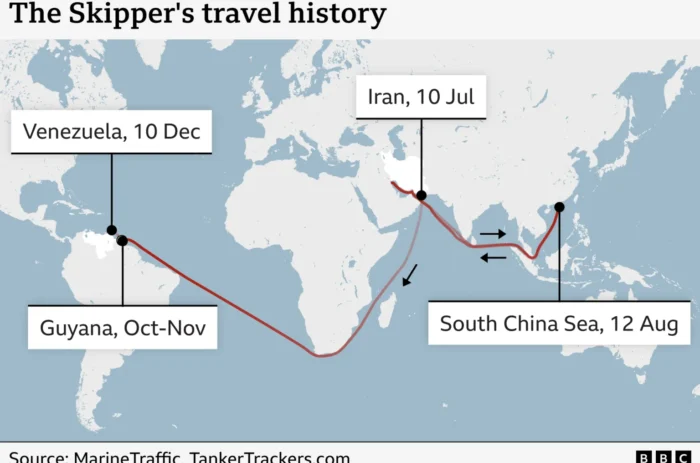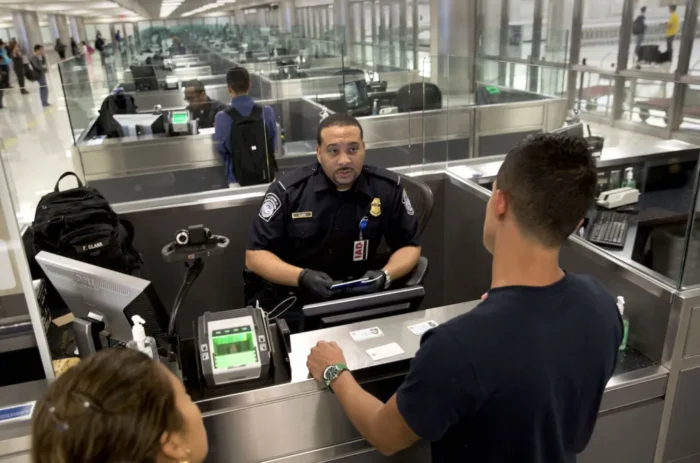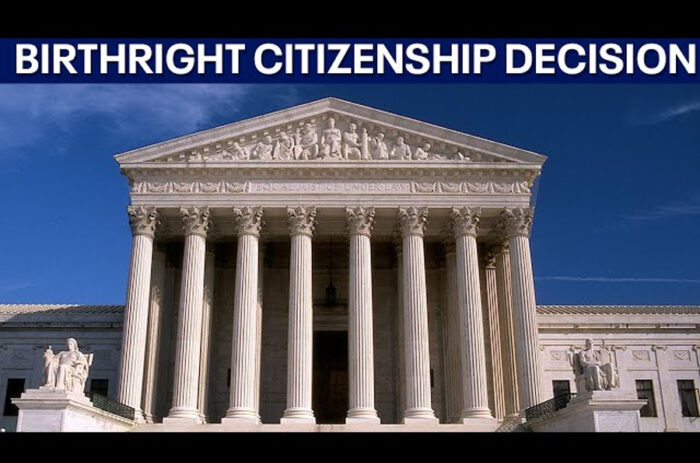redo Jump to...
print Print...

NOTE: Regulations are rules and administrative codes issued by governmental agencies at all levels, municipal, county, state and federal. Although they are not laws, regulations have the force of law, since they are adopted under authority granted by statutes, and often include penalties for violations.
(by Alwyn Scott, Reuters) – New rules on privately owned drones can’t come fast enough for most Americans.
Some 73 percent of respondents to a Reuters/Ipsos online poll released on Thursday said they want [federal government] regulations for the lightweight, remote-control planes that reportedly have been involved in an increasing number of close calls with aircraft and crowds. People are also uneasy about potential invasions of privacy by drones carrying cameras or other devices.
Forty-two percent went as far as to oppose private ownership of drones, suggesting they prefer restricting them to officials or experts trained in safe operation.
Another 30 percent said private drone ownership was fine, and 28 percent were not sure, according to the survey of more than 2,000 respondents, conducted Jan. 21-27.
Many respondents were surveyed before a small quad copter breeched the White House security perimeter and crash-landed on the grounds on Jan. 26.
The poll results show widespread unease about the devices, many of which can fly as high as 6,000 feet carrying video cameras or other payloads. …
The U.S. Federal Aviation Administration (FAA) is months late in developing small drone regulations. A draft FAA rule, under review by the White House Office of Management and Budget, is expected to be published soon, kicking off a year or two of comment and revisions before it takes effect. [Did you know the public can comment on proposed government regulations? See links under “Resources” below.]
The FAA rule will cover commercial drone uses, such as photography, surveying and crop inspection, which are now mostly banned. It will not apply to hobbyists operating model aircraft under a safety code of a community-based organization. Congress granted these users an exemption from rules in 2012.
It was unclear how the rule will deal with people who buy drones online or at a big box store, rather than joining the sport through a club or hobby shop. …
Drones also have sparked fears of snooping by neighbors or law enforcement. The Reuters/Ipsos poll showed strong attitudes on both questions. Seventy-one percent said drones should not be allowed to operate over someone else’s property, and 64 percent said they would not want their neighbor to have a drone.
But respondents widely supported drone use in law enforcement. Sixty-eight percent of respondents support police flying drones to solve crimes, and 62 percent support using them to deter crime. …
The survey showed a split on other uses: 46 percent don’t want news organizations using drones to gather news, while 41 percent support that use. And 49 percent think parents should be able to use drones to monitor their children, while 38 percent oppose that use.
The survey of 2,405 American adults has a credibility interval of plus or minus 2.3 percentage points.
Reprinted here for educational purposes only. May not be reproduced on other websites without permission from Thomson Reuters. Visit the website at Reuters .com.
Questions
1. What percent of Americans would like the federal government to regulate the use of drones, according to a recent Reuters poll?
2. How do poll respondents view private ownership of drones?
3. How long is it expected to be before regulations are finalized and take effect?
4. a) What type of drone owners will the regulations cover?
b) Who is exempt from the regulations?
c) What is unclear about the new rule?
5. a) How did poll respondents view an individual’s use of drones over another persons’ property?
b) What did they think about a neighbor having a drone?
6. How do these views differ from respondents’ attitudes toward law enforcement use of drones?
7. The Reuters poll showed a split on other uses: 46 percent don’t want news organizations using drones to gather news, while 41 percent support that use. And 49 percent think parents should be able to use drones to monitor their children, while 38 percent oppose that use.
a) Do you support or oppose news organizations using drones to gather news? Explain your answer.
b) Do you think parents should be able to use drones to monitor their children? Explain your answer.
8. a) As the quality and availability of drones increase, the issues change. List 2-3 pros and cons of many individuals and businesses operating drones in your local area.
b) Do you support or oppose the idea of government regulating drone use outside a person’s property? To what extent? Should the federal government prohibit private ownership of drones? Should the federal government prohibit law enforcement’s use of drones? Should the federal government or U.S. military use drones in the U.S.? If yes, in what situations?
c) Ask a parent the same question.
Background
The Federal Aviation Administration (FAA) is the national aviation authority of the United States. An agency of the Department of Transportation, it has authority to regulate and oversee all aspects of American civil aviation. The website says the FAA is “Responsible for the safety of civil aviation.” The Federal Aviation Act of 1958 created the organization.
The FAA’s roles include:
- Regulating U.S. commercial space transportation
- Regulating air navigation facilities’ geometry and flight inspection standards
- Encouraging and developing civil aeronautics, including new aviation technology
- Issuing, suspending, or revoking pilot certificates
- Regulating civil aviation to promote safety, especially through local offices called Flight Standards District Offices
- Developing and operating a system of air traffic control and navigation for both civil and military aircraft
- Researching and developing the National Airspace System and civil aeronautics
- Developing and carrying out programs to control aircraft noise and other environmental effects of civil aviation
Organizations: The FAA is divided into four “lines of business” (LOB). Each LOB has a specific role within the FAA.
- Airports (ARP) – plans and develops projects involving airports, overseeing their construction and operations. Ensures compliance with federal regulations.
- Air Traffic Organization (ATO) – primary duty is to safely and efficiently move air traffic within the National Airspace System. ATO employees manage air traffic facilities including Airport Traffic Control Towers (ATCT) and Terminal Radar Approach Control Facilities (TRACONs). See also Airway Operational Support.
- Aviation Safety (AVS) – Responsible for aeronautical certification of personnel and aircraft, including pilots, airlines, and mechanics.
- Commercial Space Transportation (AST) – ensures protection of U.S. assets during the launch or reentry of commercial space vehicles. (from faa.gov/about/mission/activities)
From a 2012 Daily News Article posted at StudentNewsDaily written by Forbes “Congress Welcomes the Drones”:
In February 2012, the Senate passed a $63 billion bill to provide four years of funding for the Federal Aviation Administration (FAA). One of the provisions of the Reauthorization Act is that the FAA clear the path for wider spread use of drones (a.k.a. unmanned aircraft) for governmental and commercial purposes.
Within 90 days, the FAA had to speed up the process by which government agencies and law enforcement could get permission to use drones, and by 2015, it has to start allowing commercial use of drones.
The FAA is also required under the bill to provide military, commercial and privately-owned drones with expanded access to U.S. airspace currently reserved for manned aircraft by Sept. 30, 2015. That means permitting unmanned drones controlled by remote operators on the ground to fly in the same airspace as airliners, cargo planes, business jets and private aircraft.
As of February 2012, private use of drones was basically limited to hobbyists, and they have to keep the drones under 400 feet and within their line of sight. Once the FAA changes the rules, a company such as Google for example could…buy drones and use them for mapping purposes. Yes, we may [soon] have Google Street Drone View.
Resources
Watch a Reuters report:
Visit the FAA website at: faa.gov/about/mission/activities
For details on how federal government agencies (FAA, FDA, EPA, FCC, et.al) are able to make new rules/regulations which the public must follow, see the U.S. Federal Register document: federalregister.gov/uploads/2011/01/the_rulemaking_process.pdf
Daily “Answers” emails are provided for Daily News Articles, Tuesday’s World Events and Friday’s News Quiz.



